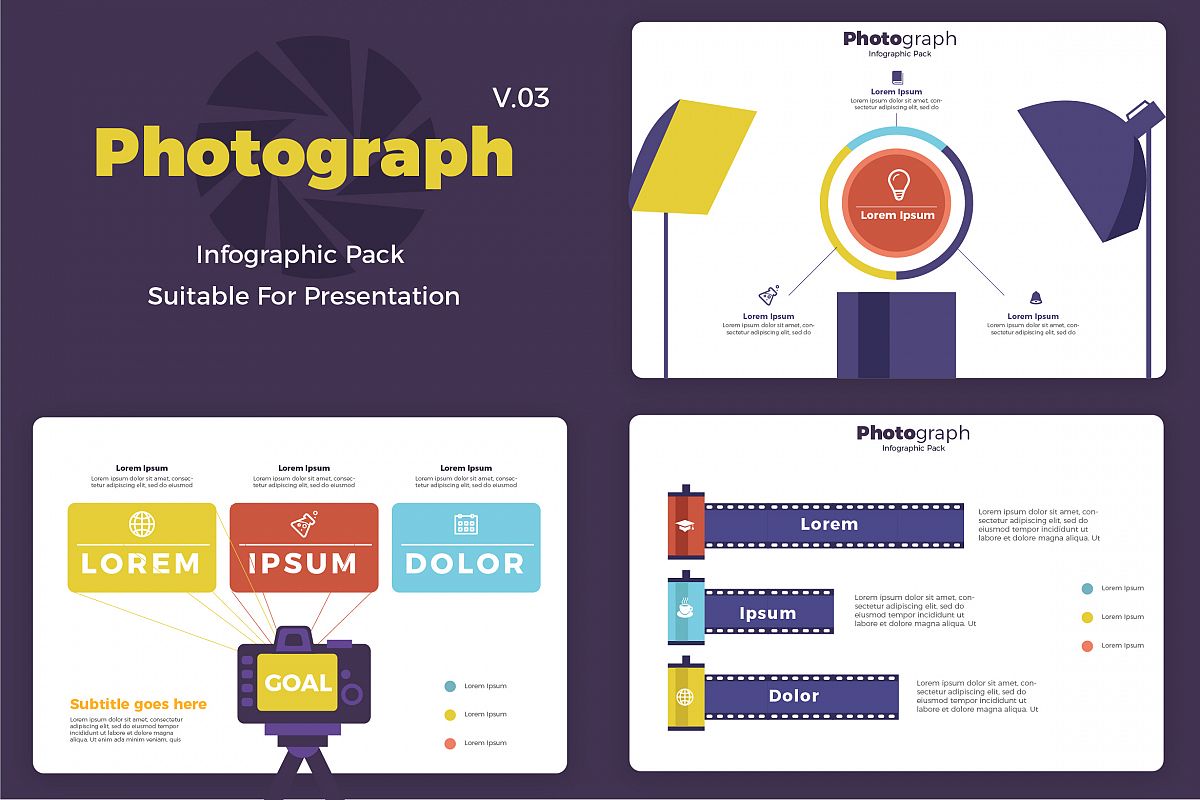Join Us To Uncover Necessary Photography Tips That Will Certainly Open Your Video Camera'S Possibility-- Prepare To Record Spectacular Pictures In A Snap!
Join Us To Uncover Necessary Photography Tips That Will Certainly Open Your Video Camera'S Possibility-- Prepare To Record Spectacular Pictures In A Snap!
Blog Article
Recommended Webpage -Christian Dalton
When you first pick up your camera, it can feel overwhelming with all the settings and choices readily available. You might find yourself wondering exactly how to navigate aperture, shutter rate, and ISO properly. Grasping these basics is essential, yet there's more to photography than simply technical knowledge. Recognizing composition techniques and lighting problems can boost your photos drastically. So, what happens if you could find out easy techniques to boost your abilities and begin catching excellent photos sooner than you think? Let's check out how to change your photography trip.
Recognizing Electronic Camera Setups
Recognizing your cam settings is essential for capturing stunning pictures. When you grab your cam, familiarize on your own with the three main settings: aperture, shutter speed, and ISO. Each plays an important function in just how your photos turn out.
Begin with aperture, which regulates the quantity of light getting in the lens. A larger aperture (lower f-number) lets in more light and develops a lovely history blur, best for pictures. Alternatively, a narrower aperture (higher f-number) maintains more of the scene in emphasis, ideal for landscapes.
Next off, focus on shutter speed. This setting establishes the length of time your camera's sensor is exposed to light. A rapid shutter speed ices up motion, which is fantastic for action shots, while a sluggish shutter rate can produce sensational effects like smooth water in landscapes.
Last but not least, change your ISO. This setting affects your cam's level of sensitivity to light. A greater ISO is useful in low-light scenarios but can introduce sound or grain. Aim for the most affordable ISO possible while still achieving proper direct exposure.
Composition Methods
When you're out shooting, structure can make all the distinction in exactly how your pictures resonate with visitors. Begin by utilizing the regulation of thirds; visualize your framework divided right into nine equal sections with 2 horizontal and 2 upright lines. Placement key elements along these lines or at their crossways to develop balance and interest.
Next, think about leading lines. These all-natural lines in your scene, like roadways or rivers, draw the viewer's eye into the photo, directing them via the tale you're telling.
Don't forget framing; usage elements within your scene, like trees or windows, to develop a frame around your subject, including depth and focus.
Additionally, watch on your background. A chaotic history can sidetrack from your major topic, while a simple one helps it stand apart.
Lastly, trying out balance and patterns; they can produce a striking picture that catches interest.
Mastering Lighting Conditions
Understanding illumination problems is crucial for capturing spectacular photographs, as the appropriate light can transform a regular scene into something extraordinary.
Beginning by observing all-natural light at different times of the day. Early mornings and late afternoons supply the most effective light, known as the gold hour. The soft, cozy tones during these times can boost your photos beautifully.
Don't shy away from cloudy days either; diffused light can minimize severe shadows and produce a pleasing effect, particularly for pictures.
Try out backlighting by placing your subject against the light. This method can produce a dreamy halo impact and add deepness to your photos.
Take note of your video camera settings as well. Change the ISO, aperture, and shutter speed to suit the lights conditions. A greater ISO can help in reduced light, yet beware of grain.
Make https://lens.blogs.nytimes.com/2015/10/16/staging-manipulation-ethics-photos/ of a tripod in darker atmospheres to stay clear of blur.
Lastly, don't fail to remember man-made lights. Flash and constant lights can be wonderful tools for controlling light in challenging problems.
Final thought
In conclusion, grasping your video camera does not have to be overwhelming. By recognizing your setups, applying structure techniques, and using the power of natural light, you'll swiftly elevate your photography abilities. Keep in mind, exercise makes best, so go out there and explore your newly found expertise. With time and commitment, you'll be catching magnificent images that reflect your one-of-a-kind viewpoint. Delight in the journey, and do not neglect to have a good time while you're at it!
